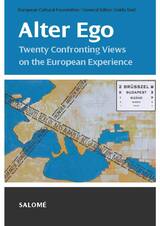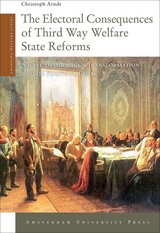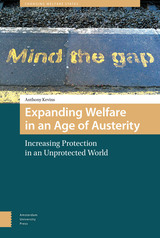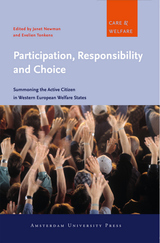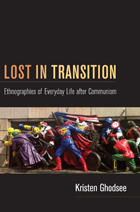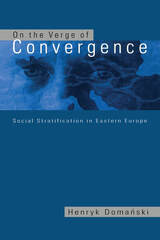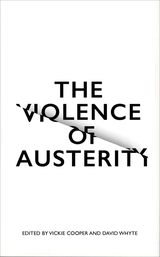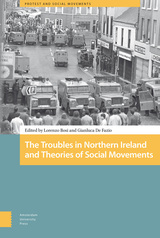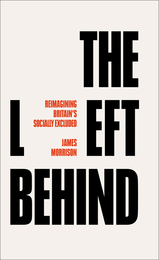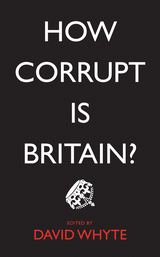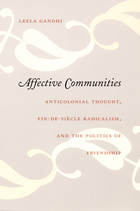Cover
Half title
Title page
Copyright page
Table of Contents
FOREWORD. A new paradigm for understanding post-communistregimes
User’s guide to the book
I. The Conceptual Framework: 120 Propositions
Trapped in the Language of Liberal Democracy
Dissolving Axiom #1: Stubborn Structures and the Region’s Development
Dissolving Axiom #2: Formality and Informality
Dissolving Axiom #3: From Constitutional State to the Mafia State
A Sui Generis Phenomenon: the Adopted Political Family
The Formal Institutional Setting: Changing Patterns of Legitimacy
Legislation and the Legal System: From the Rule of Law to the Law of Rule
Defensive Mechanisms: Stability and Erosion of Democracies and Autocracies
Relational Economics: Corruption, Predation, and the Redistribution of Markets
Market-Exploiting Dictatorship: Coexistence of the Three Economic Mechanisms in China
Clientage Society and the Social Stability of Patronal Autocracy
Populism: an Ideological Instrument for the Political Program of Morally Unconstrained Collective Egoism
Beyond Regime Specificities: Country-, Policy-, and Era-Specific Features
Post-Communist Regime Trajectories: A Triangular Framework
II.Trajectories of Twelve Post-Communist Regimes
Estonia: Regime Change to Liberal Democracy
Romania: Regime Change to Patronal Democracy
Kazakhstan: Regime Change to Patronal Autocracy
China: Model Change to Market-Exploiting Dictatorship
Czech Republic: Backsliding Toward Patronal Democracy
Poland: Backsliding Toward Conservative Autocracy
Hungary: Backsliding to Patronal Autocracy from Liberal Democracy
Russia: Backsliding to Patronal Autocracy from Oligarchic Anarchy
Ukraine: Regime Cycles with Color Revolutions
North Macedonia: Regime Cycle with Intra-Elite Conflict
Moldova: Regime Cycles with Foreign Interference
Georgia: An Attempt to Break the Regime Cycle
Notes
About the Authors
Back cover

